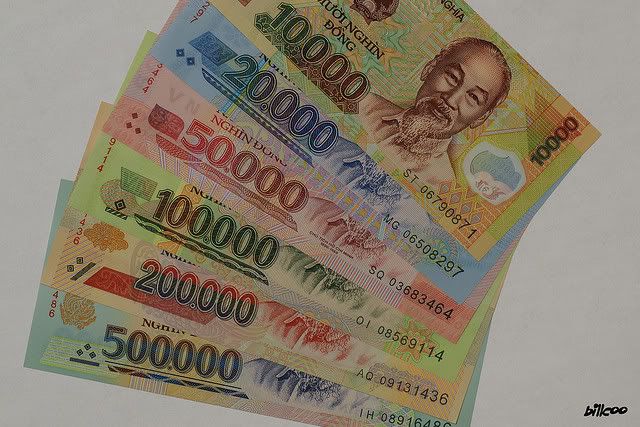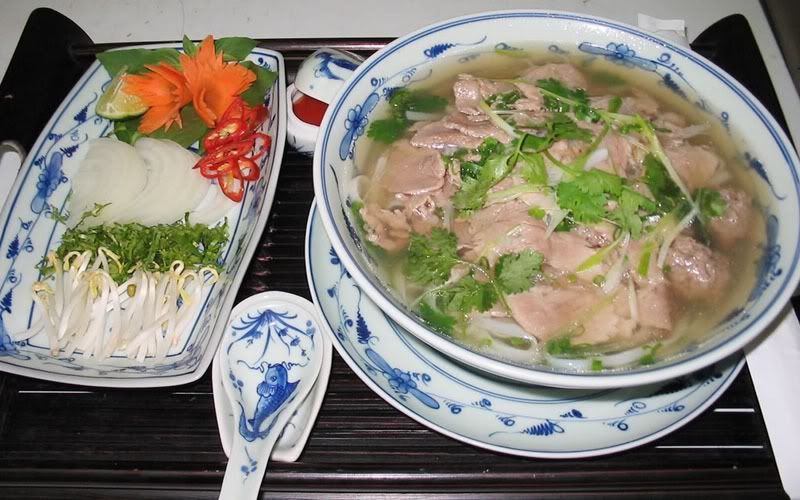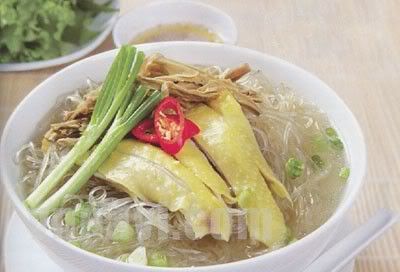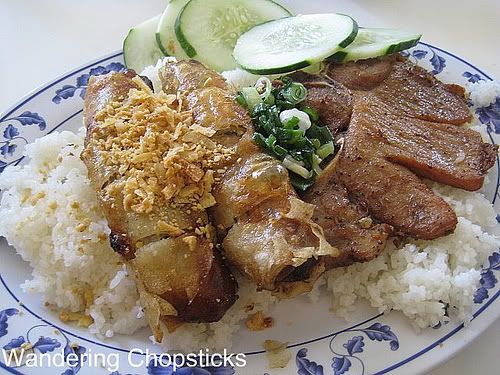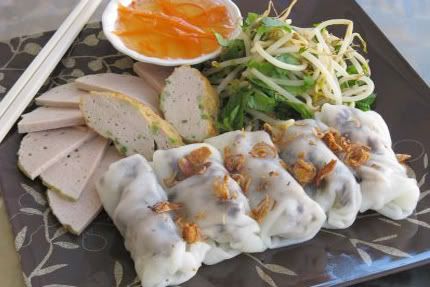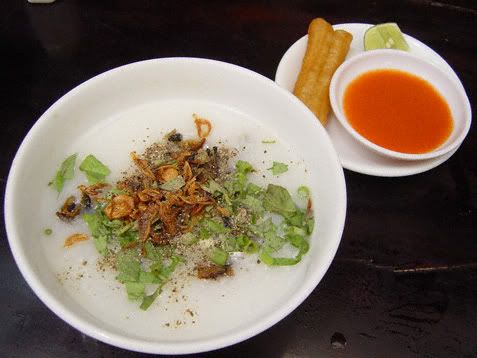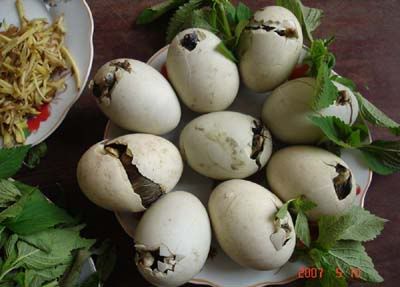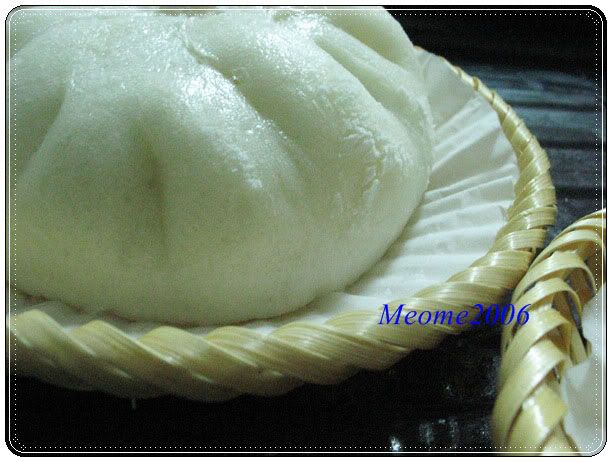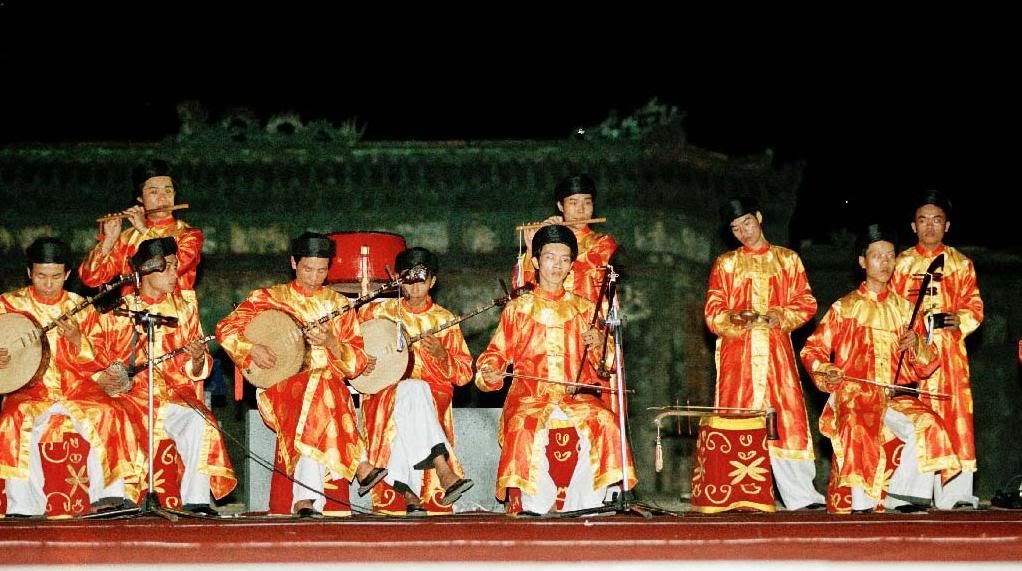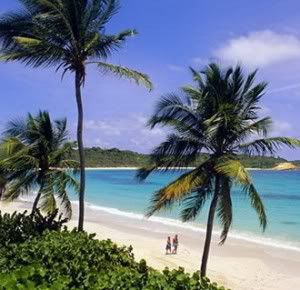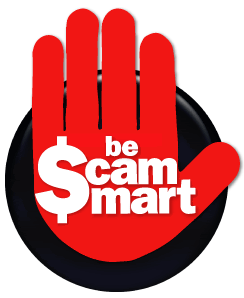 TAXI TRICKS
Scam scenarios:
TAXI TRICKS
Scam scenarios:
In Vietnam, illegal taxi drivers have so many tricks up their sleeve, especially when it comes to foreigners being the customers. The easiest way is to use a modified meter, which runs faster than normal ones; thus allows unscrupulous taxi drivers to rapidly increase the fare.
The longer the trip is, the more money they can rip off travelers. In addition, they usually take longer paths, which they call “shortcuts” but in fact are circling around to maximize the fare. Sometimes, taxi drivers can offer tourists some good places to go, just to later on ask for tips. However most of this information can easily be found through post office, maps or from the internet.
How to avoid:
In order to avoid this scam, you should get a cab of trustworthy brands, like Mai Linh (the Green Taxi), Vinasun or Taxi Group. Better yet, ask a receptionist at your hotel to help.
XE OM TRICKS
Scam scenarios:
Taking Motorcycle-taxi (xe om) trip is quite adventurous in Vietnam, even for the locals. Since there is no need for certification or training to become a motorcycle-taxi driver, anyone with a motorbike can use it for this job. Therefore, many drivers are deceitful and they have so many scams to use.
The most popular one is “go first, money later. It’s cheaper compared to taxi”, and after the trip, they offer a very high fee, sometimes even higher than a taxi trip. Their reason is high petrol cost. But comparing with the price they offer, petrol cost is so much lower. Like illegal taxi drivers, they usually go around to raise the fee. And in some small town, drivers even take tourists to some uncommon places and threaten guests to give them money and belongings.
How to avoid:
To protect yourselves, trust your gut and stay away from dubious motorcycle-taxi service, especially when you are by yourself or traveling late at night.
HOTELS
Scam scenarios:
Many foreigners just know a few things about the country when they enter Vietnam. Therefore, some local hotels have very cunning plans to trap them. They call their hotels attractive names, like Prince, Paradise, Queen, and Crown and hire some websites to write good articles to advertise for them. They gain their “fake” reputation this way.
Inexperienced tourists can easily be trapped. Moreover, they usually offer lower room fee, but when tourists come, they will say that the fee is just for standard rooms, which are full already; tourists must pay higher for deluxe rooms. And at that time, tourists have no choice. Nevertheless, when guests check out, they add some unreasonable fees to bills, or even double the price: “You stay alone in a double room. That’s why you must pay double”.
They threaten to keep tourists’ passports if they do not pay the extra fee. When it comes to this situation, no one could help the poor tourists. They must pay a large amount of money as the price for an unforgettably painful experience.
How to avoid:
Book in advance through one of the trusted booking sites and bring the confirmation email or voucher with you. It may be worth spending the extra buck at first than to waste it reluctantly later.
TRAPS AT AIRPORT
Scam scenarios:
Sometimes, taxi drivers and hotels listed above join together to trap tourists, and this trade agreement is sometimes way too sophisticated that tourist can not find out until they pay bills. At the airport, taxi drivers pay attention to tourism companies’ tables, which show full name and nationality of incoming tourists. They copy it immediately and act like they have responsibility to pick up tourists. When tourists follow them, they will lead the poor guy to “evil” hotels that they work for.
Even if tourists have already chosen a hotel, taxi drivers still can trick them. On the way to the real hotel, drivers call for the help from their hotel. The “evil” hotel will send some well dressed people acting like receptionists of the hotel chosen by tourists. This taxi will stop at about 10m from the real hotel, and these fake receptionists will come to apologize the tourists because the hotel is full already, and invite them to a “branch” of this hotel. The “branch” hotel, of course is the “evil” hotel they work for.
If tourists agree, the “preys” are successfully trapped. Taxi drivers, besides the large amount of money earned by the trip to city center, can gain money from the room fees, which “evil” hotels pay for them. And what tourists receive is clearly shown in the above section.
How to avoid:
Arrange for a pick-up service from your own hotel where possible. You can also walk out of the airport, get on a taxi and call your hotel on the way and let them talk to the taxi driver to make sure he knows where you need to go. Also, read our Guide to Airport in Vietnam for an idea about how to get to the city center from the airport.
LONG HAUL BUS
Scam scenario:
Long trip buses, especially in the small towns of the South, are nightmares even with local people. These buses are notorious with their arrogant assistants, who can easily beat tourists if they do not listen to them - no that it happens that often but think again - we are trying to give you a sense what the worst case would be like. These buses usually go around bus stop stations, forcing tourists to their buses with a high fare, and then going to the suburb and “selling” these tourists to another bus. After that, the buses will return to the city to “hunt” new victims.
Buses are usually overloaded, for example a 45 seats bus normally contains 60 people, or even more. Tourists can be challenged seriously if they do not go to the bus, or do not pay the money that the bus assistants require. Moreover, when the bus “sells” tourists to another bus, the new bus also asks for additional fares. If tourists deny paying, the assistants have works to do. And the story will continue until the buses are satisfied with the amount of money they earned, or the day is over.
How to avoid:
Among the few trusted bus brands are Hoang Long, Mai Linh and Phuong Trang which offer good services with reasonable prices. You can also book an open tour bus. Knowing that the fellow travellers are all foreign tourists might be a bit more comforting than getting lost on a local bus without knowing any Vietnamese.
KARAOKE
Scam scenario:
Karaoke, one of the most popular entertainment forms in Vietnam, also hides some threats to careless people. This scam is usually applied to men, especially single ones. Unlike Thailand, prostitution in Vietnam is illegal; thus far many male tourists are in need of a “call girl”, but they cannot find one openly.
Taking advantages of this, some karaoke restaurants hire motorcycle-taxi drivers, cyclo-drivers or even taxi drivers to lead male tourists to restaurants with an attractive invitation: “To go to chat with some beautiful girls, if you want, you can go and have fun with them; if you do not want, you just pay for your drinks and leave”. Inexperienced tourists often fall for this and follow the drivers to those restaurants. Hookers will appear, seducing tourists to go overnight with them. If tourists agree, they will ask for some money to book a room, and then disappear.
After that, the restaurant gives them bills, and it is usually around 2 million VND (approximately 100 USD) for some drinks and fruits, along with made-up fees, like foods, beers, safety fees for the police. Tourists are unable to deny paying because bodyguards - or more like mafia gang - are ready to threaten them, and can not call the police since prostitution is illegal. The only thing they can do is to leave their money and go.
How to avoid:
Do not seek prostitution service in any kind. It is illegal in Vietnam anyway. And if you are really a good singer, always be accompanied by a group of Vietnamese friends before coming to any Karaoke bar.
STREET VENDORS
Scam scenario:
These friendly-looking people do not always act as the way they look. Sometimes they can cause so much trouble and annoyance for tourists when they are walking. Tourists, especially western people, are quite interested in street vendors, since they have not seen such things in their culture.
Understanding this convention, many street vendors invite tourists to take a photograph with their hangers and bamboo hats, and after that force tourists to buy their goods or ask for some tips. If tourists do not want to pay, they will follow and disturb until tourists give them some money. Moreover, vendor children also have their own tricks. They usually pretend to be the disabled or orphans, and together they follow tourists to ask for mercy. These children also wait at pavement restaurants and sell chewing gums for tourist when they have meals.
Beggars also join this force to disturb tourists, even in their lunch or dinner. Cannot stand these distractions, and do not know how to speak Vietnamese, many tourists buy their goods in order to chase them away. Acting in this way, such people can earn quite much money, but they certainly ruin the image of Vietnam in tourists’ eyes.
How to avoid: A firm but polite "No" will do their jobs. In certain circumstances, just pretend you do not listen and walk away. Read our Guide to Street Vendors in Hanoi and know where to go.
RESTAURANTS
Scam scenario:
Besides many good restaurants which can please even the most demanding guests, Vietnam still has terrible restaurants that care about nothing but profit, and these ones are real threats to foreign tourists. These restaurants usually do not list their price along with the menu, so that at first they welcome guests warmly to gain the trust. If guests have any question about the price, they often avoid answering, or answer vaguely.
When meals end, bills are issued, that is the time they shows their real face. The price is usually unacceptable, so much expensive compared to the quality of food and the market price. Tourists can not argue with them; moreover, they ate the food already so they must pay the bills to leave. Another trick is that the restaurant issue prices in one currency (for example, USD) first and after the meal they ask for another currency with higher exchange rate (for example, 10USD = 300,000VND) as “restaurant exchange rate”. Tourists can not deny this, and most of them are afraid of trouble, paying the amount and leave. Of course, they never come back again. But these restaurants do not care. They have new victims every day.
How to avoid:
Go with recommendations on our restaurants page. And help us identify which one should be put on the blacklist of restaurant scams.
PHOTOGRAPHERS
Scam scenario:
Street photographers may act friendly, but they can trap you if you are not careful. These photographers are wandering around beautiful places, aiming at small groups of tourists, usually seniors, teenagers or female ones. They are very friendly at first, say nice words and ask tourists if they want to take photos with a very cheap price and quick return service.
If tourists agree with the deal, they will take photos, but often doubles or even triples the number that tourists required before with a reason :“your pose are so amazing that I cannot stop taking photos. I will discount for you”.
After that, they will politely ask for all the fees (usually 10,000-15,000 VND/photo) along with tourists’ address, and promise to deliver the photos to tourists in 2-3 days. And of course, they will never show up again. Even if one meets them again, they will pretend not to recognize the victim, and others photographers will come into the rescue of their colleagues. Tourists must pay money for something they can never have.
How to avoid:
Bring your own camera and have some other friendly-looking people nearby take photos for you. You can have it developed in Vietnam for as low as 20 cents per photo.
"PRISON" RESTAURANTS
Scam scenario:
This statement is quite unfamiliar with tourists, especially foreign tourists, but it actually happened and is still happening in Vietnam. Among travel scams, this is the most terrible one. Prison restaurants located on highways’ sides, bus stop stations, or between towns. They have agreements with bus drivers (nightmare bus listed above) to deliver the tourists to their restaurants. When all tourists enter, they close the door and lock it.
Tourists are forced to buy foods with very high prices, sometimes 10 times compared to market prices. If tourists dare to deny, their people will beat them until they agree to pay the fees. Some restaurants even ask for additional fees for tourists to get out, otherwise they will have to stay in.
Tourists can not do anything to fight against, since restaurants have bodyguards with clubs, sticks and even knifes. This is quite rare nowadays, but if you encounter one, the wisest choice is to pay money and escape. A number of people are seriously beaten in many cases.
How to avoid:
this scam is not so popular for foreign tourists. The only advice if you want to completely eliminate the chance of getting trapped is to go with the trusted brands of bus service.




